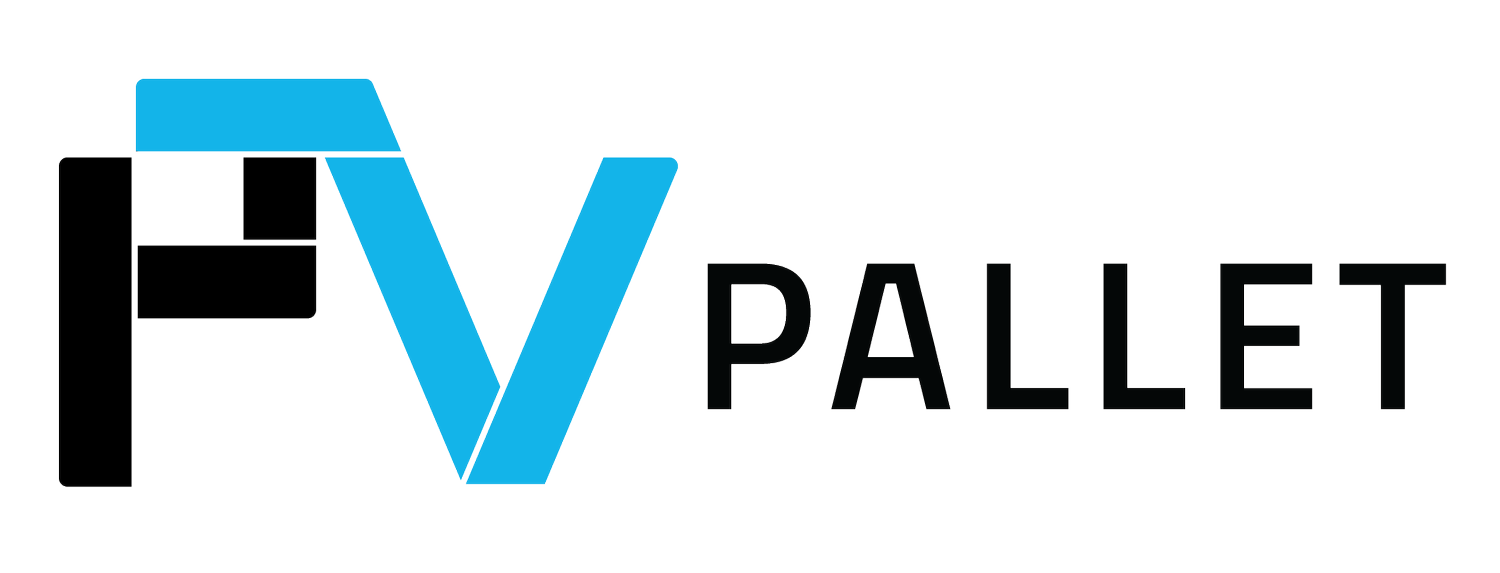PV Pallet Uses Full-Scale Prototype to Perfect Design
To get the full story of a product, you need more than talk about dimensions, or how something might be handled and stacked for storage. What will the product actually look like? How will it feel? Take up space in a warehouse?
At PVpallet, we understand that it takes out-of-the-box thinking to bring fresh perspectives to an industry. We agreed with our investors—to answer these questions, we needed a full-scale prototype. Something that was built for functionality and concept. Something we could get hands on, even if it wasn’t identical to the final product.
Long before we began building the prototype, we knew we would use injection molding to produce our final PVpallet. Injection molding would allow us to deliver a product with the functionality, strength, durability, and low carbon footprint we envisioned, but it had a high up-front cost—especially if post-production changes became necessary.
We just needed to perfect our design.
Enter our resident Practical Thinker, Stephen, and his extensive background in woodworking. Stephen’s idea was straightforward and accessible. It was also the most cost-effective: build the pallet we wanted out of laminated wood and 3D print the pallet’s more detailed parts. Utilizing 3D printing would allow us to perfect the molds we needed before beginning production. Very little alteration to the final product would be required, ultimately saving us time and expense.
Stephen got to work. We acquired some 3D printers. Using a computer program called Fusion, Stephen was able to experiment with and fine tune some of the more intricate parts of the pallet like latches and hinges. In about six weeks, the bulk of the pallet was built…and weighed in at over 700 pounds. We needed a protein shake just to move the walls, but we had our prototype!
Our team then met with plastic engineers at an injection mold fabrication company to discuss building the necessary tools. We ran FEA testing for weight and durability. Based on our analyses, the final PVpallet will be much stronger and weigh far less than the wood model prototype—no protein shakes necessary. PVpallets will be built out of a high-density polyethylene and will be almost entirely recyclable. Once a pallet reaches end of use, it can be ground down and melted into a new pallet. This reduces both the carbon footprint and cost.
The wood model pallet proved out the functionality of our concept. Even better, getting hands on the prototype allowed us to prioritize proactive problem-solving. This led us to further develop and fine-tune PVpallet, resulting in improvements that we will implement in the final injection-molded design.
PVpallet’s growing team of experts makes sure we meet or exceed industry standards. We expect to be producing the final product by Q3 2021 at a rate of thousands of units per week. We are also working on a lease model.













